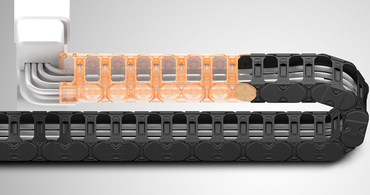Inquiry / Contact
igus® inc.
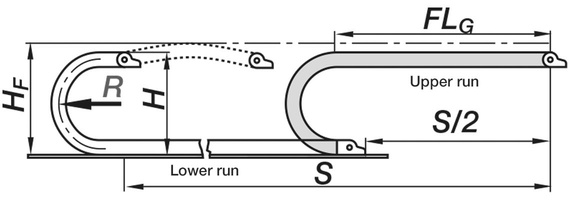
Unsupported length - straight FLG:
The energy chain either has a camber or is straight.
Unsupported length - with sag FLB:
The energy chain has a sag of more than half an e-chain height.
Critical sag:
The sag is greater than the permissible value for FLB. Installation with critical sag must be avoided.
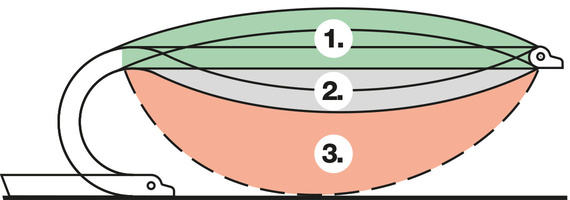
| Y Axis | X Axis | S | |
|---|---|---|---|
| Fill weight [kg/m] | Unsupported length [m] | Travel [m] | |
| Reference Example A: | 1.5kg/m | 2.0m | 4.0m |
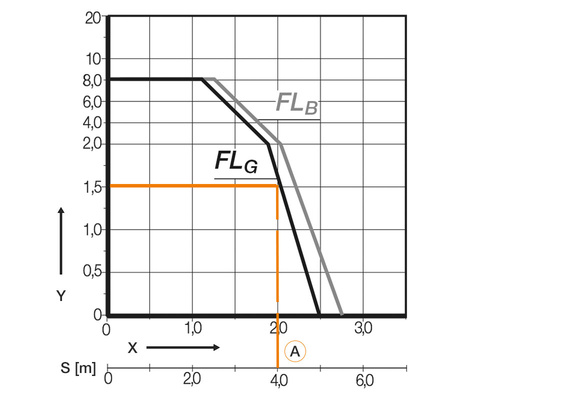
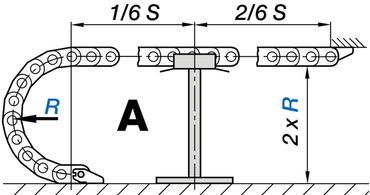
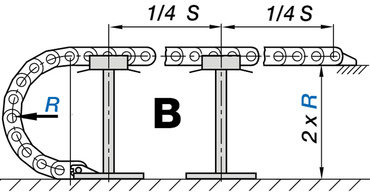
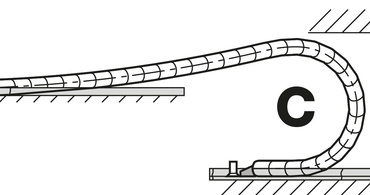
| Standard maxium speed and acceleration values (unsupported) |
| FLG | FLB | ||
| v max. | [m/s] | 20 | 3 |
| v peak | [m/s] | 50 | - |
| a max. | [m/s2] | 200 | 6 |
| a peak | [m/s2] | 784 | - |
